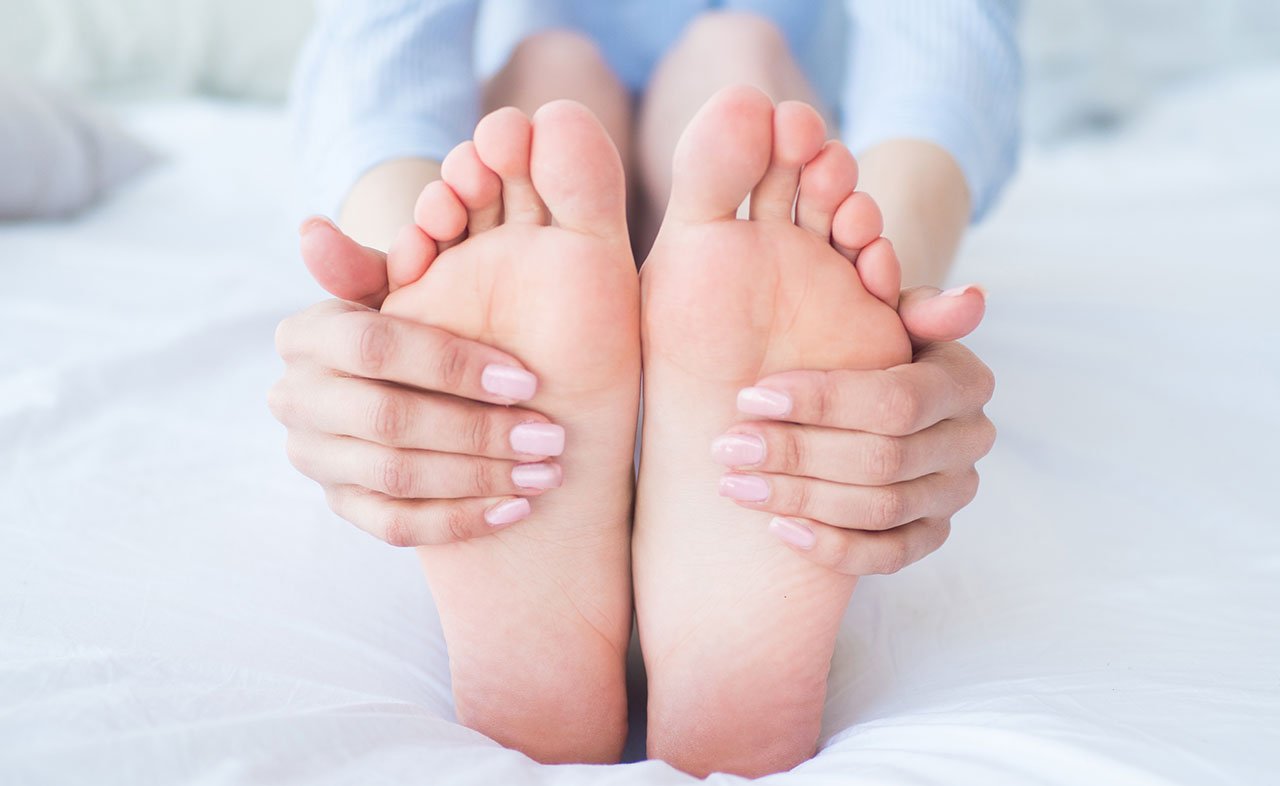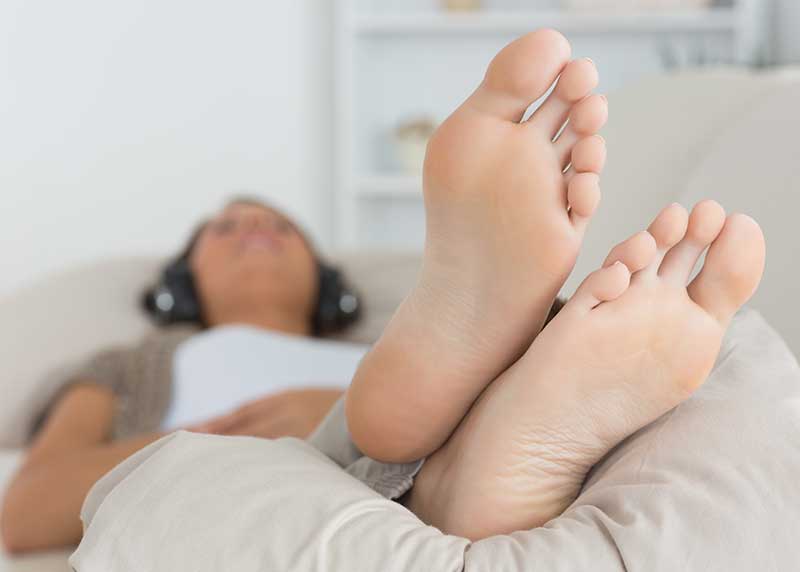
Warts are not typically dangerous, but they can be painful, contagious and, in some cases, embarrassing. Treatment may be necessary if you have warts on the face or other sensitive parts of the body, as well as if the growth is painful. If you notice bleeding or signs of infection around a growth, medical treatment will be necessary. Additionally, people with diabetes should see a doctor if warts appear on the feet.
It is important to remember that warts can spread to other parts of the body, and they are contagious to others. Those working in the service industry, as well as people who work in healthcare, may want professional wart treatment and diagnosis more than others. A lot of nurses, waiters, cooks, and teachers come to our Chesterfield dermatology clinic for warts treatment.
Book a Wart Treatment
Different warts respond to different treatments. Approximately half of warts resolve spontaneously. Salicylic acid products (in the form of drops, gels, pads and bandages) can help self-treatment by dissolving the keratin protein that makes up the wart and the dead skin above it. Many of these products are available at drugstores without requiring a prescription. However, if a treatment requires that you rub the growth with a fingernail file or pumice stone, dispose of the utensil after treatment. Reuse can further spread the virus causing the condition.
Liquid nitrogen freezing or electrical stimulation are other common treatments. Surgery may be recommended for painful or large warts that do not respond to over-the-counter and less invasive treatments.
Whether you’re seeking warts treatment for cosmetic or medical purposes, don’t let the unsightly bumps diminish your confidence. If you live in the St. Louis area, a consultation with one of our dermatologists can help determine which treatment options work best for your condition and lifestyle.
Contact Us
Warts are lesions caused by a virus. They often appear as raised bumps with a rough texture. Warts can appear anywhere on the body. When they occur on the soles of the feet, they are referred to as plantar warts.
Plantar warts are usually hard and flat, with a rough or grainy surface, and may grow beneath a thick layer of skin or a callus.
Children and teenagers seem to be more susceptible to warts than adults, although some people seem to be immune. People with weakened immune systems and those who have previously had warts are also more susceptible.